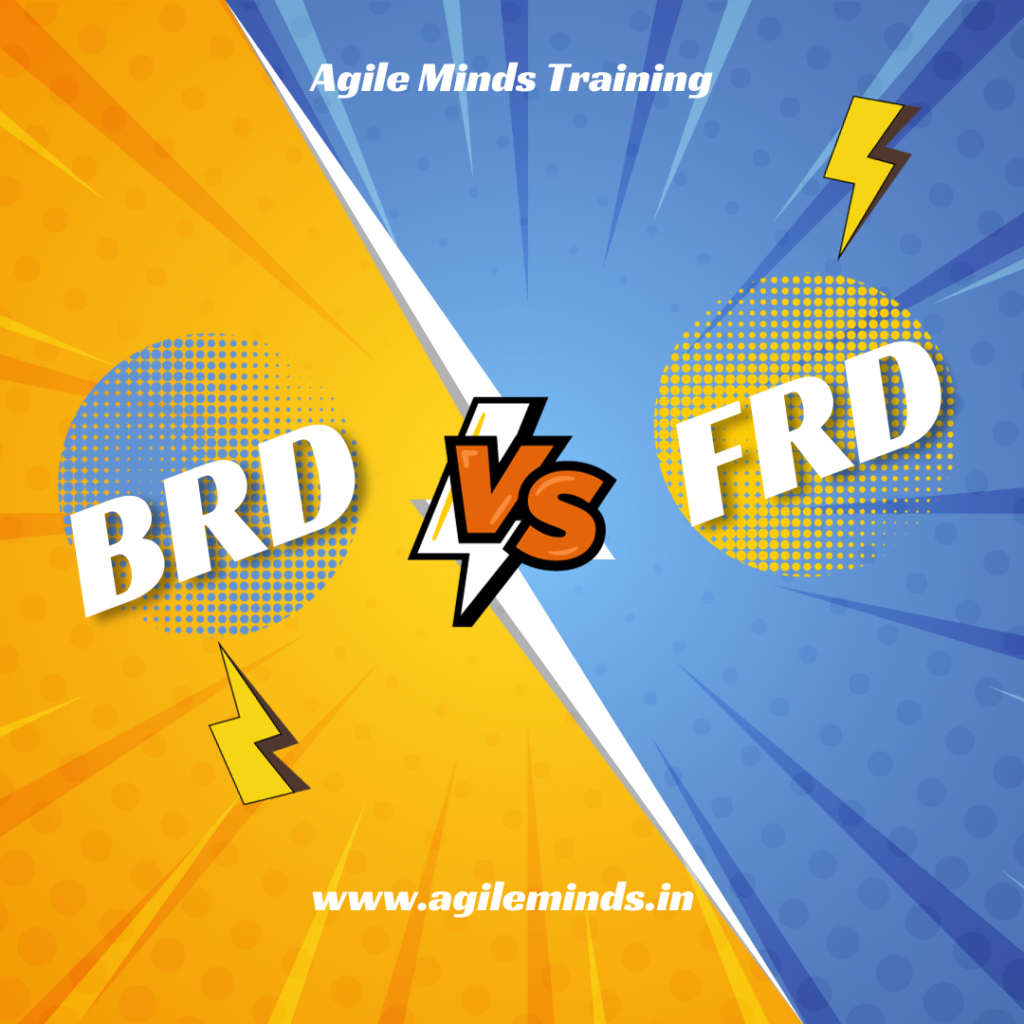In the world of project management, Business Requirements Document – BRD. To ensure that everyone involved in a project, from stakeholders to developers, is on the same page, detailed documentation is essential.
What is a BRD?

The full form of BRD is Business Requirements Document. It is a comprehensive, structured document that outlines the business objectives, scope, functional and non-functional requirements, constraints, and assumptions for a particular project. In simpler terms, it’s the blueprint that guides the development of a project from inception to completion.
Why is a BRD Important?
A well-crafted BRD serves as a vital link between business stakeholders and the project team. It provides clarity and direction, helping to:
Define Project Scope: The BRD precisely outlines the project’s boundaries, ensuring everyone knows what is and isn’t included in the project.
Set Objectives: It clearly states the project’s goals, objectives, and expected outcomes, aligning the team’s efforts toward a common purpose.
Minimize Misunderstandings: By documenting requirements in detail, it reduces ambiguity and minimizes the risk of misunderstandings or misinterpretations.
Serve as a Reference: Throughout the project lifecycle, the BRD acts as a reference point, helping the team stay on track and adhere to the initial vision.
Now, you might be wondering, “Where can I find a BRD template to get started on my own project?” Good news! We’ve got you covered. You can download a customizable BRD template here.
BRD in Real-Life Scenarios
Let’s explore how the BRD comes into play in various industries with real-life examples:
1. Hotel Industry
Imagine a hotel chain planning to launch a new luxury resort. The BRD for this project would detail everything from the resort’s design and amenities to booking systems and customer service standards.
2. Car Industry
When an automobile manufacturer develops a new vehicle model, the BRD will specify technical requirements, safety standards, manufacturing processes, and even marketing strategies.
3. Pharmaceutical Industry
In the pharmaceutical world, a BRD could outline the development of a new drug. It would cover research goals, clinical trial protocols, regulatory compliance, and production procedures.
4. Insurance Industry
For an insurance company launching a new policy management system, the BRD would define policy creation processes, underwriting rules, claims handling procedures, and system security requirements.
5. Finance Industry
In the finance sector, a BRD might be used to create a new online banking platform. It would detail user interface design, security protocols, transaction handling, and integration with other financial systems.
6. Hospital Industry
In the healthcare sector, a BRD could be utilized to implement a new Electronic Health Records (EHR) system. This document would specify requirements for patient data management, secure access, interoperability with other medical systems, and compliance with healthcare regulations. To Download BRD Template of HMS click here
Conclusion
In project management, a well-prepared Business Requirements Document is your roadmap to success. It bridges the gap between business aspirations and technical execution, ensuring everyone involved is moving in the same direction.
Feel free to download our BRD template to kickstart your own projects with clarity and precision. With a solid BRD in place, you’re on your way to achieving project goals, meeting stakeholder expectations, and delivering exceptional results.
Remember, effective project management begins with effective documentation.
